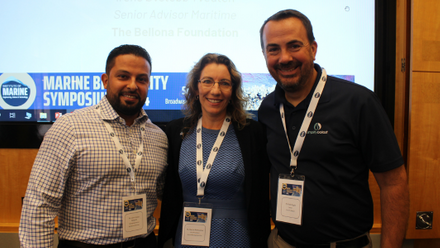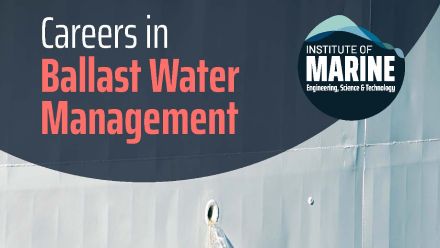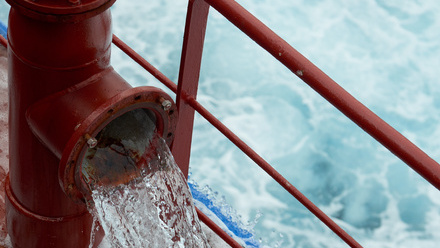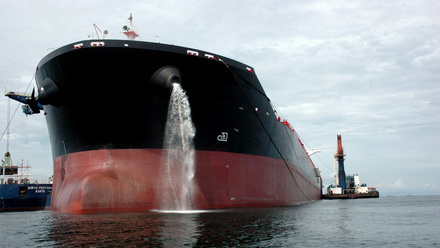Commissioning testing of ballast water management systems
Following the entry into force of the International Maritime Organization (IMO) International Ballast Water Management Convention, the number of ships installing and commissioning ballast water management systems (BWMS) to meet their compliance dates has risen steeply, particularly in the last 9 months.
Notably, commissioning may be the only occasion in the lifetime of a ship that compliance with the D-2 performance standard is verified. Between October 2019 and April 2020, the Global Marine Services group at SGS—through our worldwide network—conducted 95 commissioning tests. They were carried out in 9 countries, for 8 Classification Societies, for vessels of 5 flag States, and across BWMS from 14 manufacturers. From this work, SGS has assembled the largest available data set on commissioning testing. The lessons learned to date are as follows:
- of the ships sampled, approximately one fifth (21%) failed to meet the D-2 performance standard,
- failures to meet the D-2 performance standard always occurred in the largest size class (≥50 µm) of organisms. In some cases, failures also occurred in the ≥10 µm to <50 µm size class (2%) or the indicator microbes (<10 µm; 6%), and
- 67% of analyses were carried out using indicative analysis only, and 25% of analyses were done in two stages—indicative analyses first, followed by detailed analyses to verify or refute non-compliance results from indicative testing. Detailed analyses refuted 54% of the failures that had been determined using only indicative analyses.
These data show the importance of conducting commissioning testing (and, eventually, compliance testing) to include an assessment of the largest size class of organisms. Additionally, the key role of detailed analysis in BWMS testing is evident from this work. Its value should not be underestimated.
These results highlight the urgency to ensure commissioning testing for new installations is carried out as soon as possible to protect the environment and the shipowners. If not corrected, this pattern of failures will continue to be seen during compliance assessments by port State control authorities during the life of the ship, resulting in an ongoing compliance risk to the ship as well as risk to the environment.







